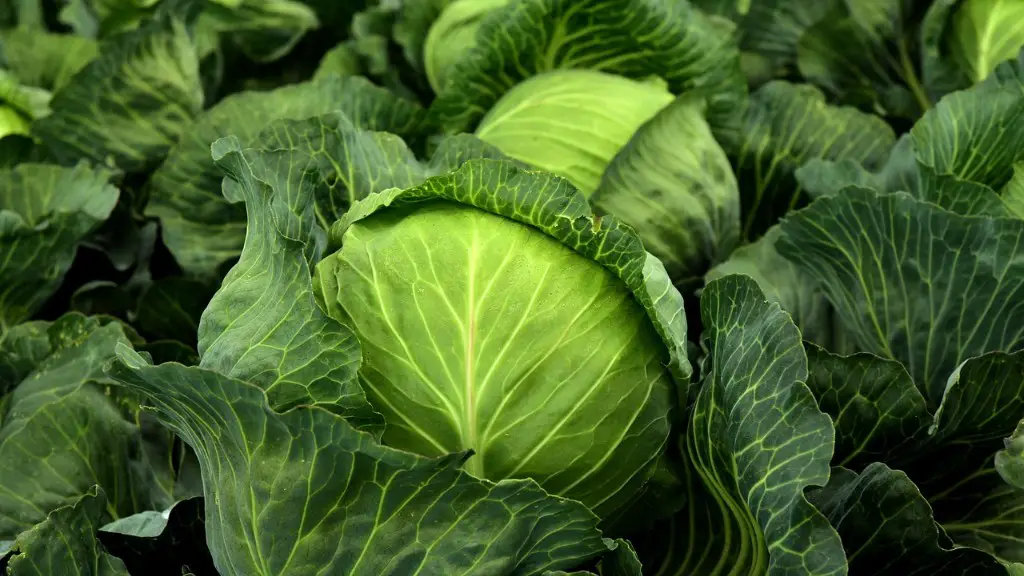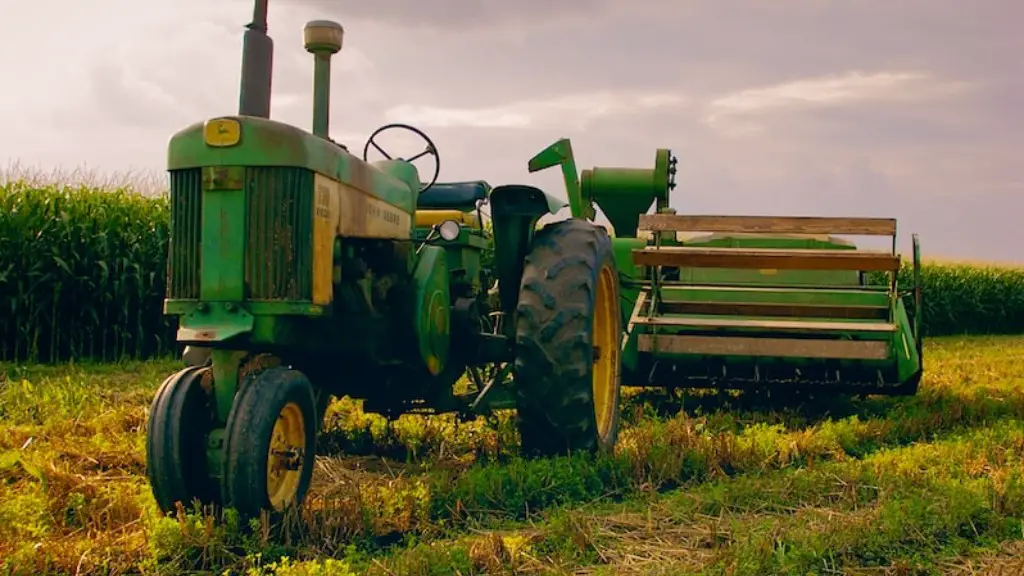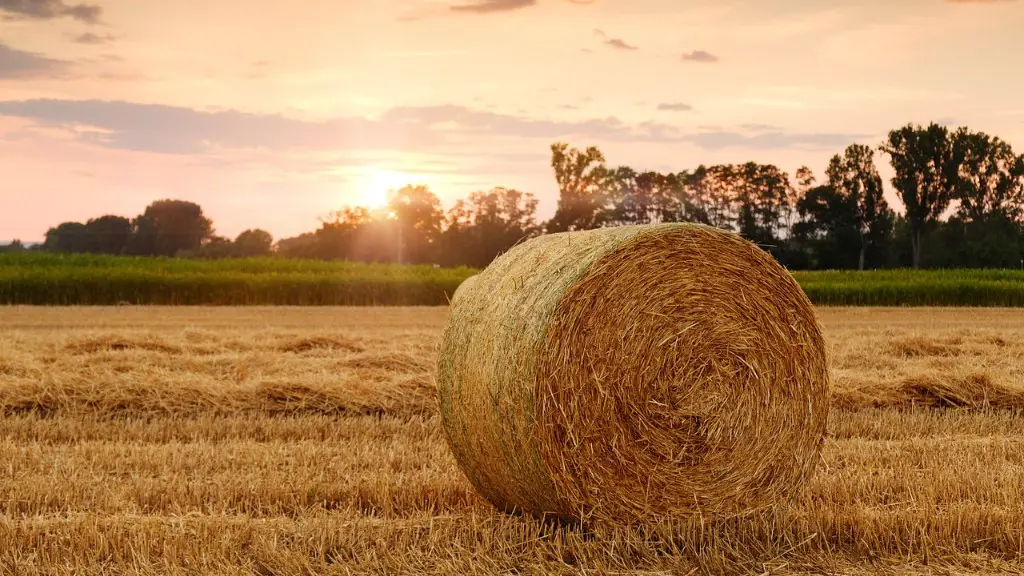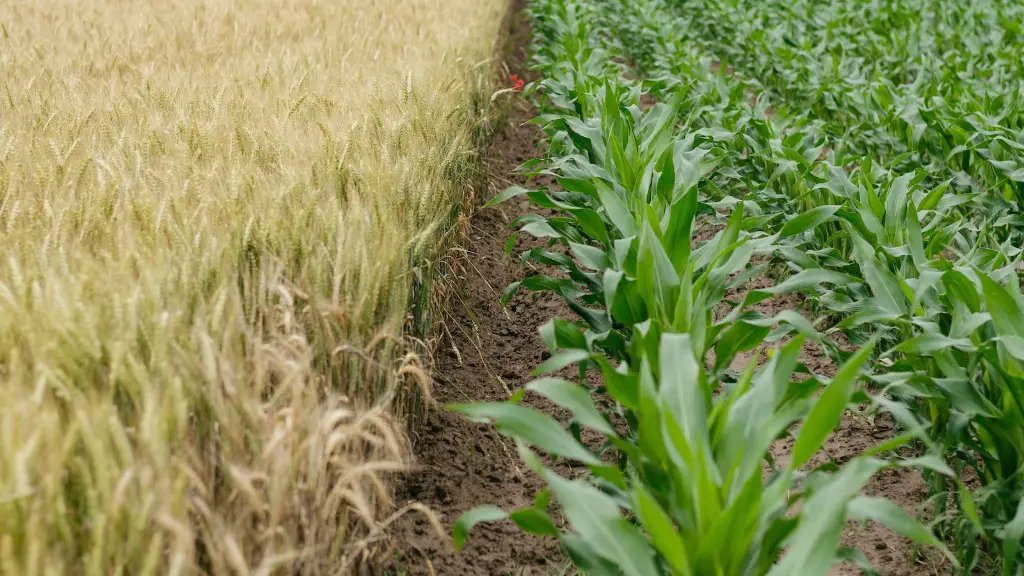Regenerative agriculture is an approach to food production that focuses on rebuilding soil health and restoring ecological balance. The goal is to create a more sustainable and resilient food system that can adapt to the challenges of a changing climate.
Soil health is the foundation of regenerative agriculture. By using practices like cover crops, composting, and rotational grazing, farmers can rebuild soil organic matter and improve soil fertility. These practices can also help to increase water retention and reduce the risk of soil erosion.
In addition to the benefits for the soil, regenerative agriculture can also support the health of the wider ecosystem. By creating habitat for beneficial insects and restoring regional biodiversity, farmers can help to create a more balanced and resilient food system.
Regenerative agriculture is a type of agriculture that focuses on rebuilding the soil, rather than simply depleting it. This is done through a variety of practices, such as using cover crops, no-tillage, and livestock rotations.
How is regenerative agriculture done?
Tilling the soil disrupts the natural structure of the soil and can lead to erosion and nutrient depletion. Regenerative farming practices help to build healthy soils by keeping the soil covered with vegetation and natural materials. This helps to protect the soil from erosion and nutrient depletion.
Regenerative farming is a type of agriculture that focuses on rebuilding the soil to improve yields, reduce the need for inputs, and increase resilience to climate change. The 5 principles of regenerative farming are:
1. Soil Armor: This principle focuses on protecting the soil from erosion and degradation. One way to do this is by using cover crops and mulch to prevent the soil from being exposed to the elements.
2. Diversity: This principle emphasizes the importance of having a diversity of plants and animals on the farm. This helps to create a more balanced and resilient ecosystem.
3. Continual Live Plant/Root: This principle focuses on keeping the soil covered with living plants or roots as much as possible. This helps to protect the soil and improve its fertility.
4. Livestock Integration: This principle emphasizes the importance of integrating livestock into the farm system. This can help to improve soil health and provide additional sources of income.
5. Minimizing Soil Disturbance: This principle focuses on minimizing the amount of soil disturbance. This can be done by using no-till or minimum tillage practices.
Does regenerative farming really work
Regenerative agriculture is a type of agriculture that focuses on rebuilding the health of the soil. This can be done through a variety of methods, such as using cover crops, no-tillage, and diversifying crop rotations.
One of the benefits of regenerative agriculture is that it can improve crop yields. This is because healthy soil is able to retain more water and nutrients, which leads to healthier plants. Additionally, regenerative agriculture can help to reduce soil erosion, which can further improve crop yields.
These incentive programs are designed to encourage farmers to implement sustainable agricultural practices that will improve the health of the soils. The programs provide funding for farmers to cover the costs of implementing these practices, as well as technical assistance and education.
What are the 4 practices of regenerative agriculture?
Farming and gardening practices that help regenerate the soil are important for the long-term health of the environment. These practices include using cover crops, reducing tilling, rotating crops, spreading compost, and moving away from synthetic fertilizers, pesticides, herbicides, and factory farming. By using these practices, we can help improve the quality of the soil and the environment.
Regenerative agriculture is a type of farming that focuses on rebuilding soil health and fertility. While this type of agriculture has many benefits, there are also some potential disadvantages.
Farmers who want to practice regenerative agriculture will need to acquire new knowledge and skills. They will need to learn about things like cover crops and no-till methods.
Less tilling may lead to more unwelcome plants. This is because tilling helps to control weeds. Without tilling, farmers may have to rely more on herbicides to control weeds.
Potentially lower yields are another potential disadvantage of regenerative agriculture. This is because regenerative methods are still fairly new and experimental. Yields may vary depending on the crop and the local conditions.
What are the 3 main components of sustainable agriculture?
There are a number of different ways to approach sustainable agriculture, but all share the same basic goals. These goals are often referred to as the “three legs of the sustainability stool”: environmental health, economic profitability, and social and economic equity.
Environmental health is about protecting the natural resources that we rely on for agriculture. This includes things like soil and water quality, biodiversity, and Wildlife habitat.
Economic profitability is about ensuring that farmers and ranchers can make a living from their work. This includes things like access to markets, fair prices, and stable incomes.
Social and economic equity is about making sure that everyone involved in agriculture – from farmers to farmworkers to consumers – has a fair share of the benefits. This includes things like access to land, decent working conditions, and a living wage.
Regenerative agriculture is an approach to food production that builds on traditional farming practices. It emphasizes the use of cover crops, minimal soil disturbance, diversified crop rotations, and field buffers to enhance soil health and reduce soil erosion. Additionally, regenerative agriculture often integrates crops and livestock to create a more efficient and sustainable food production system.
What is the primary goal of regenerative agriculture
The main goal of regenerative agriculture is to reduce tilling in order to promote healthy soil. This is done by using natural methods of fertilizer absorption by plants, and by creating equilibrium among soil microorganisms.
Farmers and ranchers can help reduce water use on their land by adopting regenerative practices. These practices can help the soil hold more water, making irrigation less necessary. In turn, this can help conserve water resources.
How much land do you need for regenerative farming?
If you want to run a nursery as a profitable enterprise, you can do it on as little as 3000 square feet or some 300 square meters. Count that you’ll need between 01 and 025 of an acre at most.
There are a number of vegan-aligned brands that source material exclusively from regenerative farms. Milkadamia, a plant-based brand known for its non-dairy milk products made from macadamia nuts, has publicly committed to regenerative farming. Regenerative agriculture is a type of farming that focuses on rebuilding topsoil, restoring ecosystems, and sequestering carbon. It’s a more sustainable and environmentally friendly way of farming that has a number of benefits.
What does a regenerative farm look like
Regenerative farms aim to keep living roots in the soil as much as possible in order to improve soil health and promote more efficient nutrient cycles. Crop rotations, planting multiple cover crops, and growing diverse forages can all contribute to this goal. Additionally, regenerative farms often maintain permanent vegetation in some areas to provide additional habitat and soil stability.
This is great news for those of us who have been advocating for regenerative agriculture for years. It’s nice to see the hard data to back up what we’ve been saying all along.
The study also found that regenerative agriculture is more efficient in terms of land use, water use, and energy use. So not only is it more profitable, but it’s also more sustainable.
This is a huge win for the environment and for farmers. I hope that this study will help toconvince more farmers to switch to regenerative agriculture.
Can regenerative agriculture reverse climate change?
Many farmers are using sustainable practices to help reduce carbon emissions and combat climate change. Cover crops, compost, crop rotation and reduced tillage are some of the ways farmers are sequestering more carbon than what is currently being emitted. This helps to reverse climate change and creates a more sustainable future for us all.
Regenerative agriculture is a system of farming that aims to revitalise and regenerate the soil and wider environment, not just minimise the impact of production. The key principles of regenerative agriculture include minimising disturbance to the soil, using cover crops and other plants to protect and improve soil health, and diversifying crop rotations to provide a variety of benefits to the ecosystem.
Final Words
There are many ways to regenerate agriculture, but most importantly it is about rebuilding the soil. This is done through a variety of means such as cover crops, composting, no-tillage, and diverse crop rotations.
Regenerative agriculture is a practice that works to restore and improve the health of the land. It does this by using practices that build soil health, such as cover crops and compost, and by using rotational grazing. These practices help to improve water infiltration, reduce erosion, and build organic matter.





